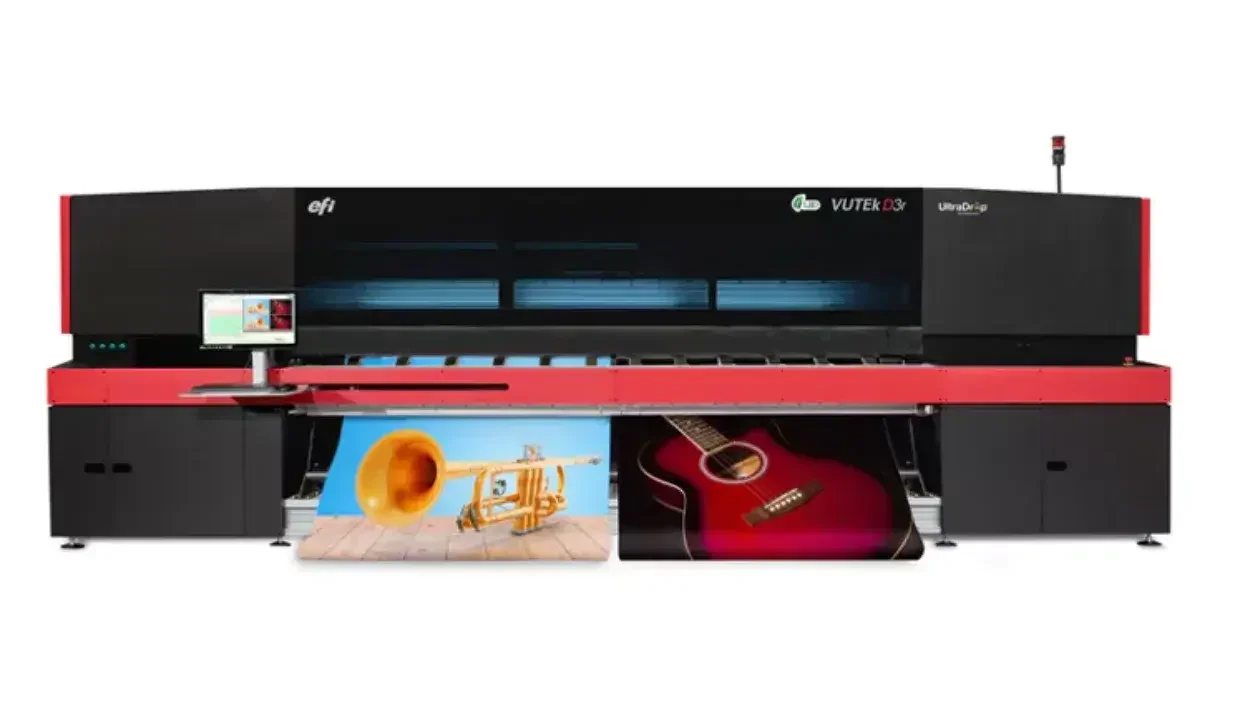Digital Printing
Why has Israel been the source of so much innovation in inkjet?
Author
FESPA Staff
Published Date
26/03/2020
Become a FESPA Member
to Continue Reading
